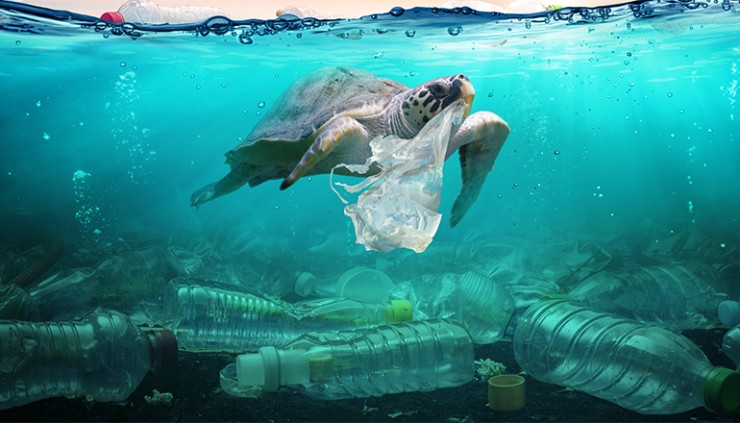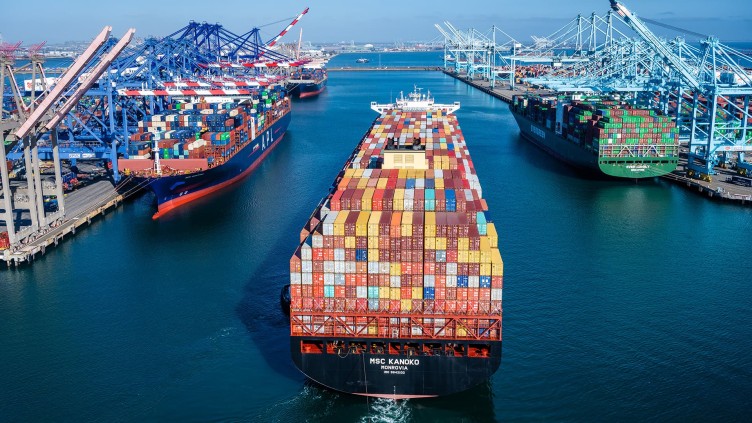Environmental Impacts of Shipping Lines
This article explores the key environmental impacts of shipping lines and their implications for the planet.
Shipping plays a crucial role in global trade, facilitating the movement of goods across the world. However, the environmental impacts of shipping lines have raised concerns due to their contribution to climate change and pollution.
The environmental impacts of shipping lines are a matter of great concern. The sector’s significant contributions to greenhouse gas emissions, air and water pollution, ballast water pollution, oil spills, and noise pollution necessitate urgent action to mitigate these adverse effects. The International Maritime Organization (IMO) has introduced regulations to reduce sulfur emissions and promote energy efficiency in shipping. However, further efforts are required, such as transitioning to cleaner fuels and adopting innovative technologies like electric and hybrid propulsion systems.
To minimize the environmental footprint of shipping lines, collaboration between governments, shipping companies, and environmental organizations is crucial. Investing in research and development for sustainable shipping practices, promoting the use of alternative fuels, and improving waste management systems are essential steps toward reducing the industry’s environmental impacts. Additionally, increased public awareness and support for eco-friendly shipping initiatives can drive the demand for sustainable practices.
By addressing the environmental challenges associated with shipping lines, we can strive for a more sustainable and environmentally responsible maritime industry, safeguarding the health of our oceans and the planet as a whole.
Greenhouse Gas Emissions: Carbon dioxide (CO2) is the main greenhouse gas (GHG) that shipping emits, and it plays a substantial role in global warming. An estimated 2% to 3% of yearly worldwide CO2 emissions are attributed to shipping. When fossil fuels, primarily heavy fuel oil, are used in ship engines, significant volumes of CO2 are released into the environment. This effect is made worse by the transportation industry’s enormous size.
Air Pollution: Ships also release other air pollutants, such as sulfur oxides (SOx), nitrogen oxides (NOx), and particulate matter (PM), in addition to carbon dioxide (CO2). Both human health and the environment are negatively impacted by these contaminants. Emissions of SOx may damage marine habitats and lead to acid rain. While PM may worsen breathing conditions and lower air quality, NOx emissions cause smog and respiratory difficulties.
Ballast Water Pollution: Ships often take in ballast water to keep their balance and stability when at sea. Ballast water discharge in many areas, however, has the potential to introduce non-native species and cause ecological changes. Invasive species have the potential to displace native species, change ecosystems, and even harm the economy.
Oil Spills: Marine habitats are seriously threatened by unintentional oil leaks that happen during ship operations. Marine life, such as birds, fish, and other marine species, may suffer terrible consequences as a result of oil spills. They may result in habitat damage, ecological disturbance, and long-term contamination of coastal regions.
Noise Pollution: Ships’ engines, propellers, and other gear produce a lot of noise underwater. The communication, navigation, and eating habits of marine animals, such as whales and dolphins, may be impacted by this noise. Underwater noise exposure for an extended period of time may cause stress, hearing loss, and disruption of necessary activities.






